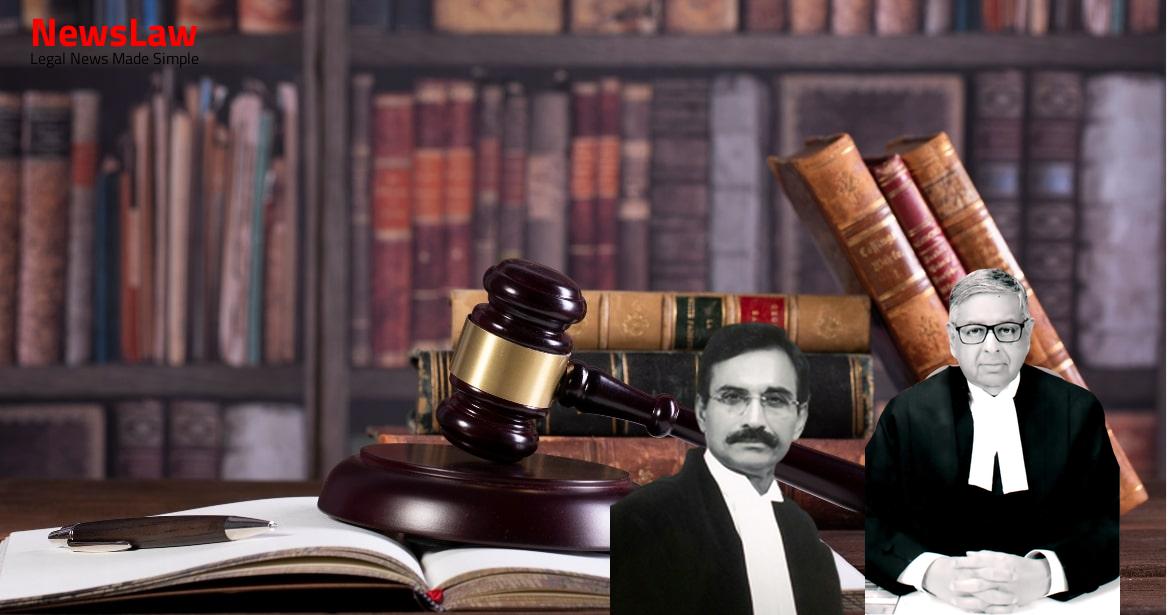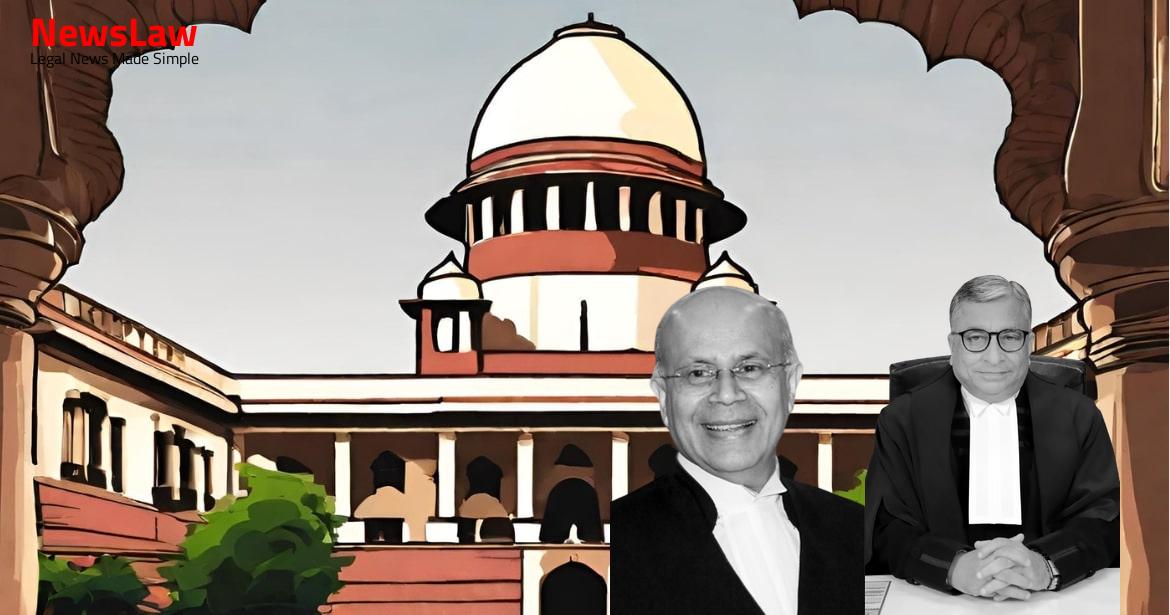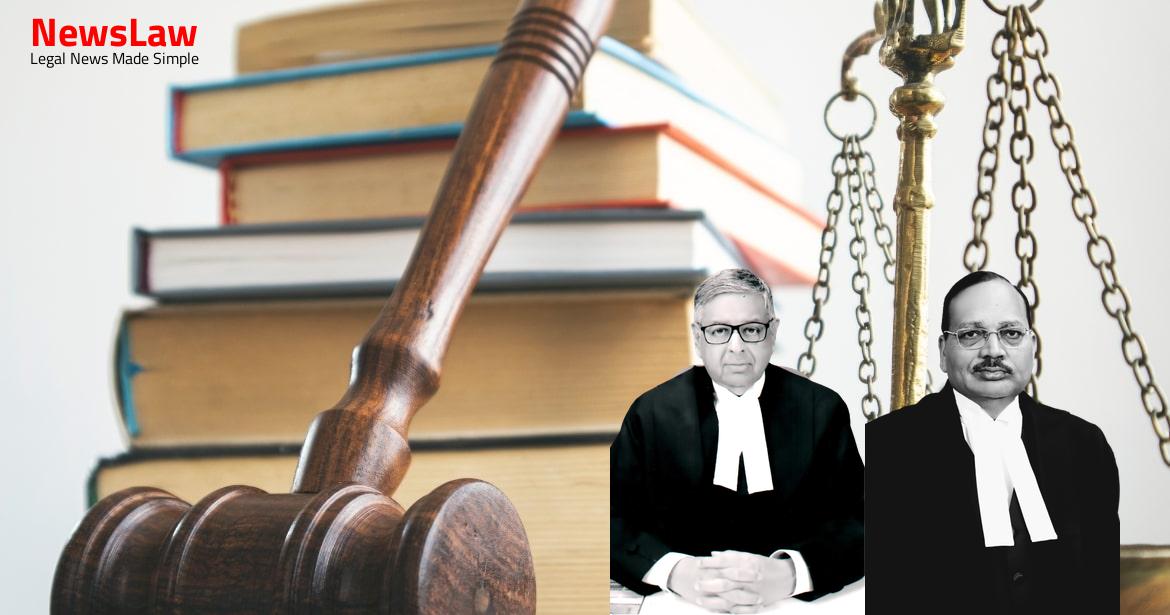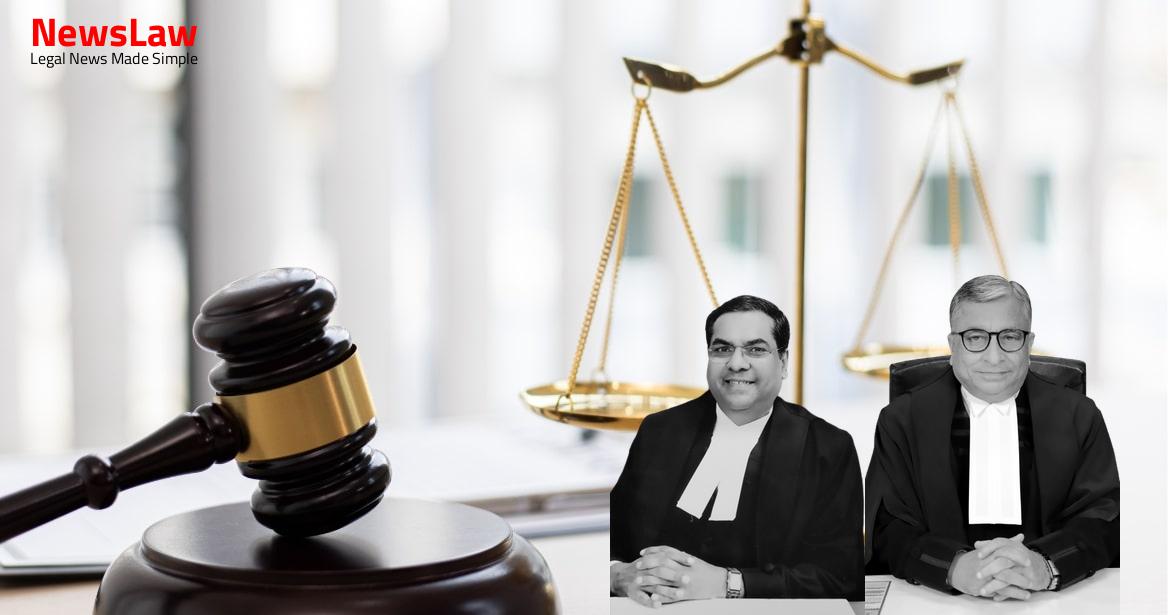Explore a detailed legal analysis of the ‘creamy layer’ criteria used in reservation for backward classes in a recent High Court judgement. The court scrutinized the income limits and exclusion criteria, emphasizing the need to consider both social and economic factors. The decision sheds light on the controversy surrounding reservation benefits and the criteria for identifying the ‘creamy layer’ among backward classes.
Facts
- The petitioner sought a direction to provide reservation to backward classes in Haryana under the 2016 Act.
- Consideration of existing defined criteria of ‘creamy layer’ by the National Commission for Backward Classes or the criteria used by the State of Haryana prior to the 2016 Act was requested.
- The Court was asked to provide clarification on the reservation criteria for backward classes in Haryana.
- The High Court dismissed the writ petition challenging the notifications dated 17.08.2016 and 28.08.2018.
- Annexure ‘A’ specified categories exempted from reservation benefits, including those with gross annual income above Rs. 1 lakh and those with a certain amount of wealth.
- Children of persons with income above Rs. 3 lakhs were excluded from reservation benefits.
- The High Court found the sub-classification of backward classes for reservation benefits to be arbitrary and in violation of Article 14 of the Constitution.
- The judgement directed counselling of students to be held again based on previous criteria before the 2016 Act.
- The High Court upheld the income limit of Rs. 6 lakh per year as the criteria for determining the ‘creamy layer’ in backward classes.
- A permanent body at the Central and State levels was recommended to handle the inclusion/exclusion of groups in the lists of backward classes.
- The High Court criticized the State Backward Classes Commission for not validating data supporting the social backwardness of backward classes.
- Income criteria were set for determining the ‘creamy layer’ and dividing backward classes into income groups for reservation benefits.
- The State Government’s request to stay the High Court’s judgement was denied.
- Notifications were issued by the State Government to fix the criteria for computing annual income for reservation purposes.
- Previous notifications and instructions for computing income were overruled by the new notification dated 28.08.2018.
Also Read: Legal Analysis on Seniority Fixation in Contempt Petitions
Arguments
- The contention of the Petitioners is that economic criterion cannot be the sole criteria for identifying ‘creamy layer’.
- Sub-classification among backward classes is to ensure that lower-income individuals within backward classes receive reservation benefits.
- The sub-classification based on income in the 17.08.2016 notification excluded individuals with income between Rs. 3 lakh to Rs. 6 lakh from reservation benefits.
- Computation of gross income by including income from all sources in the 28.08.2018 notification is considered contrary to previous government notifications.
- The notifications were argued to be violative of Section 5 of the 2016 Act, which requires social, economic, and other factors to be considered for specifying ‘creamy layer’ criteria.
- The learned Senior Counsel appearing for the State countered the submissions made on behalf of the Petitioners.
- The State’s Counsel argued that the notifications were issued in accordance with the judgement in Indra Sawhney-I.
- It was contended on behalf of the State that a detailed district-wise survey was conducted by the Commission to gather information on social and economic backwardness of all the backward classes before issuing the notifications.
Also Read: Legal Analysis of Decision-making Authority in Municipality Dispute
Analysis
- Indra Sawhney-I scrutinized the basis of Reservation in backward classes as recommended by the Mandal Commission.
- This scrutiny was conducted in the case of Indra Sawhney v. Union of India.
- The judgment provides clarity on the reasoning and foundation of Reservation in backward classes.
- Section 5(2) of the Act empowers the Government to specify criteria for exclusion and identification of persons belonging to the backward classes as ‘creamy layer’.
- The Government is required to take into consideration social, economic, and other relevant factors when specifying the criteria.
- The criteria for exclusion and identification should be determined after considering these factors.
- The purpose of identifying the ‘creamy layer’ among the backward classes is to ensure that benefits reach those who are actually in need of them.
- Notification dated 17.08.2016 was issued to provide reservation benefits to marginalized sections of backward classes.
- A notification dated 28.08.2018 was also issued to prevent higher-income individuals from occupying the majority of reserved seats/posts.
- The identification of ‘creamy layer’ in the 2016 notification was based only on economic criteria, excluding certain individuals from reservation benefits.
- Section 5(2) of the 2016 Act mandates consideration of social, economic, and other factors for determining the ‘creamy layer’ within backward classes.
- The social advancement of other categories was considered for inclusion in the ‘creamy layer’.
- The 1995 notification was aligned with the Indra Sawhney-I judgment of the Supreme Court.
Also Read: Land Dispute Legal Analysis
Case Title: PICHRA WARG KALYAN MAHASABHA HARYANA Vs. THE STATE OF HARYANA (2021 INSC 421)
Case Number: W.P.(C) No.-000060 / 2019



